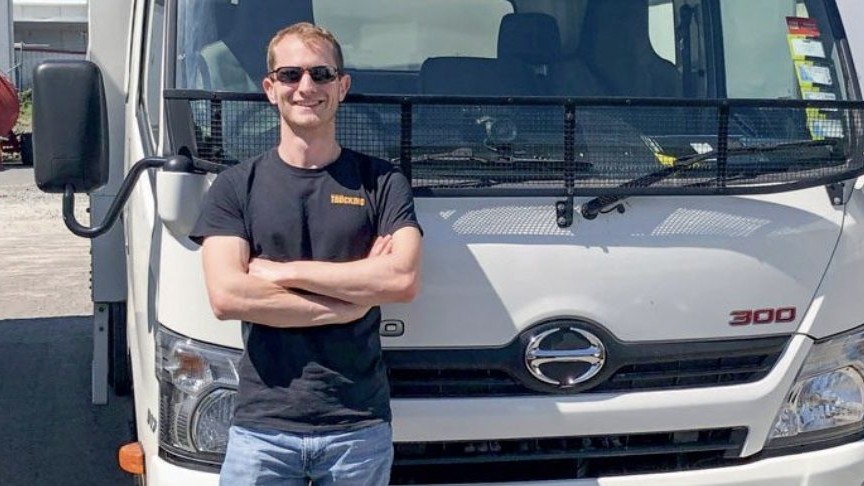
Good news, commuters of Auckland! I’m sure you will have heard by now that soon (read: sometime around 2040), you’ll have another option when crossing to and from the North Shore. The announcement yesterday of the bringing forward – by “nearly two decades” – of a second Waitematā Harbour crossing will surely have caught the attention of everyday motorists and road-freight operators battling across the Auckland harbour bridge.
There’s no doubt that traffic in and around Auckland gets worse annually. I’ve spoken to commuters who’ve said they’re on the road about 15 minutes earlier each year to accommodate the worsening traffic. And I can believe it. These days, afternoon rush hour on the city’s motorways seems to start at 2.30pm. It’s a wonder anybody achieves any sort of productivity in the few hours they’re not on the road. Heck, it’s a wonder anybody bothers leaving home…
Trucks don’t have the luxury of working from home, though, so it’s great to see the five proposed scenarios for the new crossing consider the movement of goods and freight. Let’s not get into now how much the walking and cycling provisions might be used in reality… but at least road, rail, cycling and walking all get fair inclusion.
We shouldn’t get too far ahead of ourselves just yet. According to the NZTA, construction is only likely to begin by 2029. In the meantime, the agency has estimated costs will range from $15 billion to $25 billion, and construction could take between 10 and 15 years. Interestingly, it’s also given an indication of the resilience and efficiency inherent in each scenario and this – given the events of the past couple of months – is what I feel should ultimately underpin the final decision.
Currently, 184,000 vehicles cross the bridge daily, with 12,000 freight trips per day. It’s been known too well for too long what happens when traffic flow across the bridge is impacted. It’s like a fraying thread – once it snaps, the impact affects far more than two halves of a city. Engineer for resilience and efficiency no matter the cost, I say.
As usual, the agency has opened community engagement and expects to recommend a way forward by mid-year. Following that, a detailed business case will be developed (estimated 2024) before consenting and detailed design begins (2026). Along each step, it’s essential that industry adds its voice. As these things are wont to do, many of the details may change over the years, but it’s not every day that an infrastructure project with the potential for such a significant direct impact on the industry presents itself.
Naturally, there will be delays, cost blowouts and all manner of speedbumps (so to speak). Isn’t it a sad indictment when we know to expect these issues before work has even begun? Forewarned is forearmed.
But this is one project that can’t be done wrong. I travelled Transmission Gully a couple of weeks ago, and – while it’s undoubtedly a fantastic, worthwhile piece of infrastructure – the condition of the road surface after a year of operation raised my eyebrows. Let’s hope Puhoi to Warkworth and the Mt Messenger bypass fair better once they’re open. And more so that all involved pay due diligence when ground is broken on harbour crossing No.2.
Take care out there,
Gavin Myers
Editor
Read more
Pouring concrete
0 Comments5 Minutes
What’s going on?
1 Comment4 Minutes




